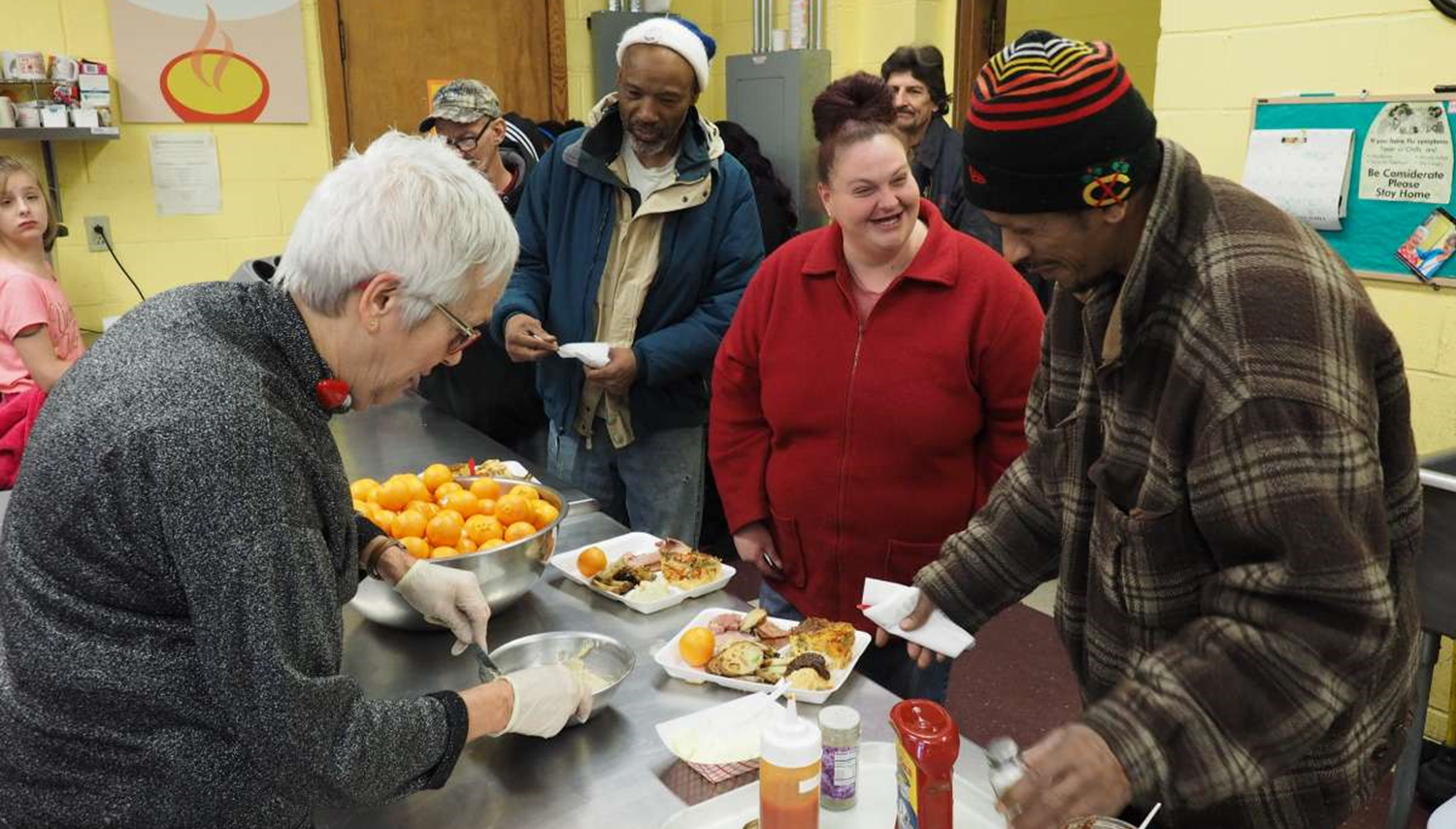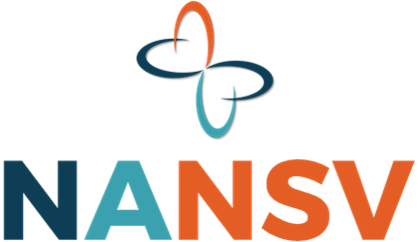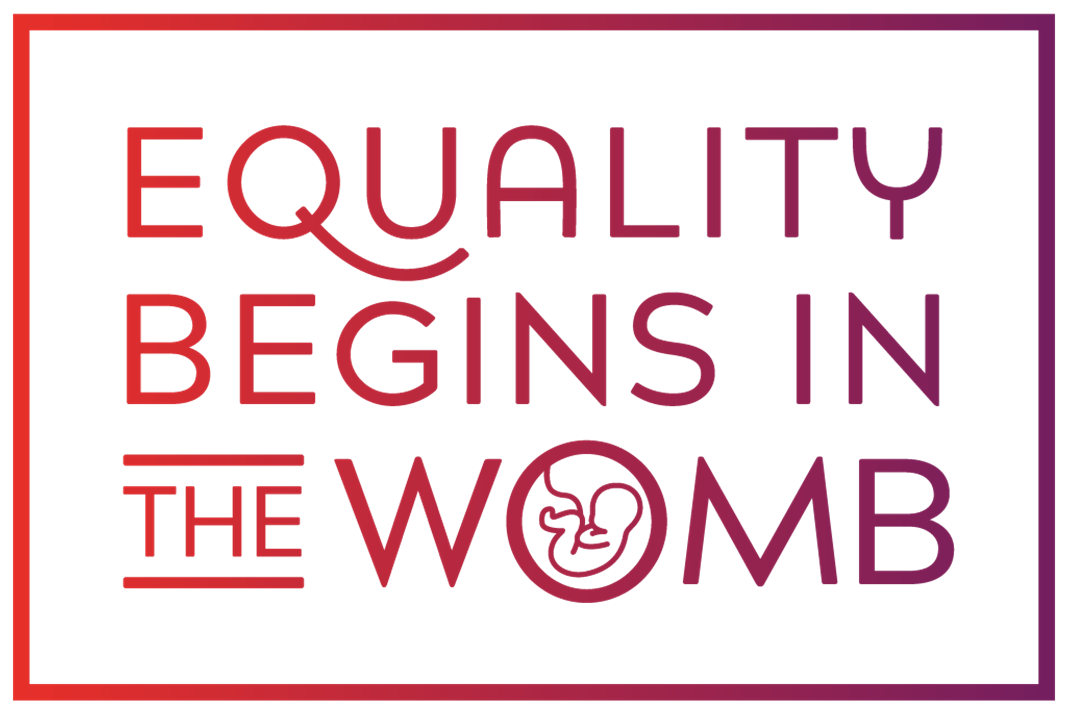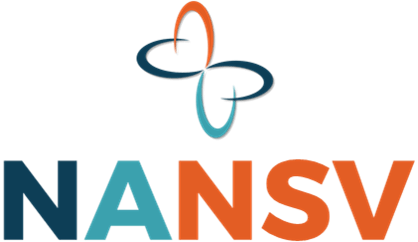Do You View Your Buyers as Objects?
Building relationships with real people is the key to successful marketing
Originally published Jul 10, 2017
If you’re a small business or a non-profit, you’re likely facing three main challenges that affect both your short-term existence and long-term sustainability. Specifically, you need to figure out how to:
- Generate consistent revenue
- Deliver on your promises
- Control operating costs
They’re all linked, and we’ll address all three in due course, but today’s thoughts are mostly about the first challenge, generating consistent revenue. Let’s be honest… if you can’t do it, you’ll go “belly up” eventually.
There are two parts to generating consistent revenue: (1) First-time and (2) Returning “buyers” (for our purposes, this term is broad, including small business customers and individual non-profit donors). Ideally, you’ll get buyers in the door, and then they’ll keep coming back because they like what they see. Both are crucial—you have to capture them to begin with, and you have to get them to return. It would be nice if this just happened automatically, to be sure, but unless you’re really, really lucky, you have to work at it. The question, obviously, is how.
Perhaps the biggest mistake small businesses and non-profits make is to think about buyers as transactional—simply put, organizations are focused on the purchase, and they don’t care who makes it. This perspective leads to marketing approaches that treat buyers as objects rather than humans with different attributes, preferences, behaviors, and decision drivers. As such, outreach is typically quite messy, characterized by casting a wide net with a single message, and emphasizing what is (or was) “trendy” with respect to outreach (e.g., the latest and greatest in social media).
These approaches may, in fact, return some results, but they usually cost more than they need to, and they leave a lot of money on the table. They are not cost-effective, and the outcomes they generate are sub-optimal. Fortunately, there’s another way to do it, and small businesses and non-profits can do so much better. The key is addressing buyers as individuals, and building long-term relationships by engaging them on their terms and showing them the outcomes they want to see. This means we need to get to know them, humanizing instead of objectifying.
Think about the best relationships in your life. Most likely, your were introduced, you learned about each other as individuals, you interacted, and you became friends. You built trust, and it turned into “best friendship,” and now they’re always calling, visiting, and hanging out with you. Well, the same principles apply to marketing. It’s about introducing, informing, and converting, followed by delivering and cultivating repeat purchases or contributions. Put another way, it’s about developing relationships—you could say, becoming best friends with your best prospects.
Certainly, this all sounds really good, but cultivating relationships take time, effort, and resources. First of all, you have to learn about your market, and identify the things that make your prospects tick. Then:
- Target media and messaging, so your story reaches and resonates with the right
people
- Demonstrate that you’re the best at what you do, and show them what
you’ll provide for their money
- Ask
for prospects to purchase or contribute, and make it easy for them to buy
- Deliver on your promises, and show them you’ve done so (and will do it
again and again)
This involves market research and prospect profiling to learn about your buyers. It requires targeted messaging that interests them and cultivates relationships. You may want to offer incentives that will attract them, and you’ll need commerce platforms that conform to their preferences, and are efficient and easy to use. Finally, you’re going to have to the capacity to deliver—if you can’t, your buyers aren’t coming back. Yes, all this costs money—developing fruitful relationships takes an investment. If you do things right, however, it’s worth every penny.
Learn More
Objectifying buyers and blasting the market may work, if you’re lucky. Personifying and building lasting relationships by knowing them and creating one-on-one dialogues, on their terms, will give you far greater returns! Contact us for more information.
Read Other Posts


















